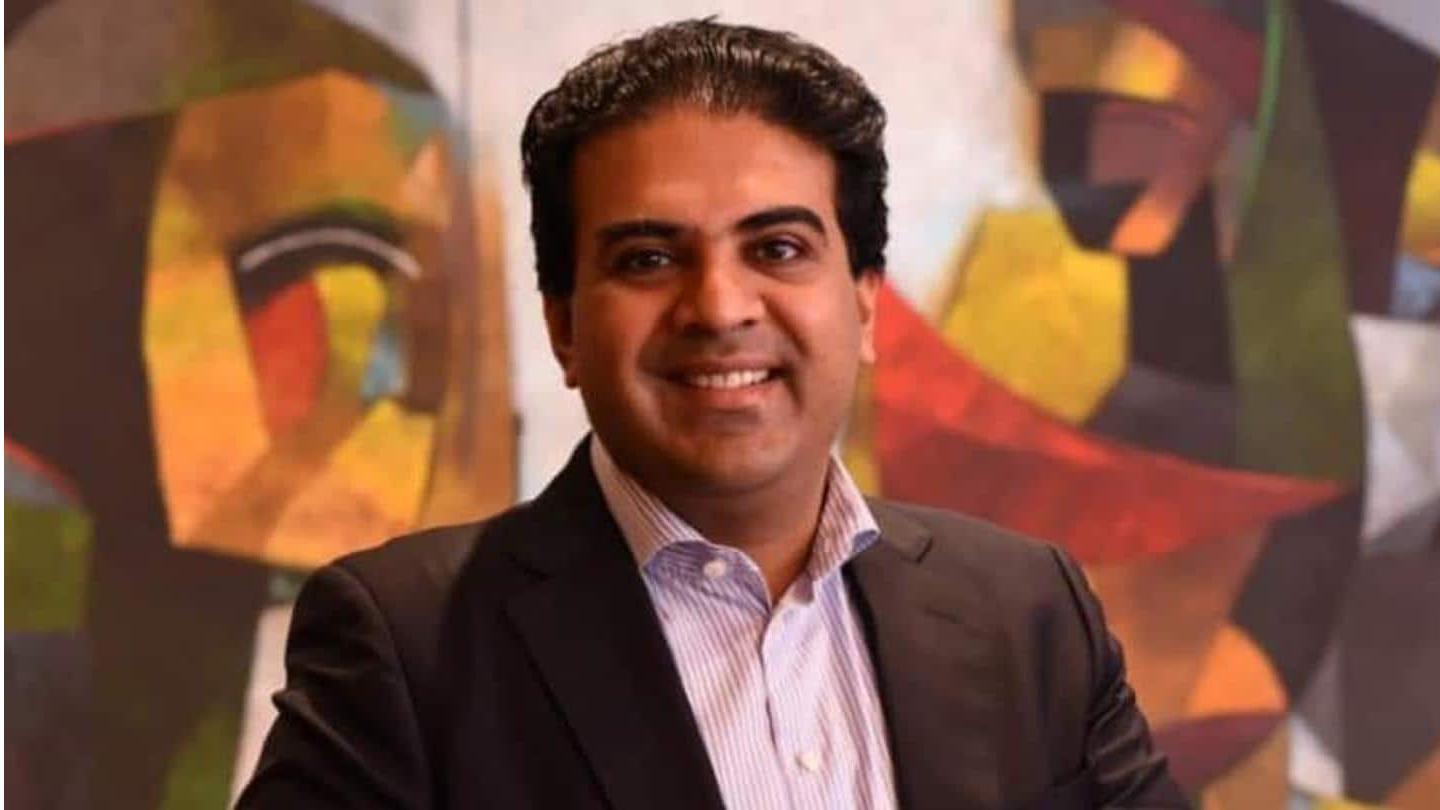
India at war: INOX chief Siddharth Jain on oxygen crisis
What's the story
As India witnesses an alarming COVID-19 spike, instances of oxygen shortage continue to emerge.
As citizens resort to posting SOS calls online, Siddharth Jain—the Director of INOX Air Products, among India's biggest oxygen manufacturers—opines that nobody understands the challenges in supplying oxygen to "a nation that is at war."
He also explained his comments targeting the Delhi government for "complaining" about oxygen.
Context
'Supplying oxygen to 800 hospitals, only Delhi ones are complaining'
Earlier this year, Jain had told the Delhi High Court that the firm is providing medical oxygen to 800 hospitals across India, but only the ones from the national capital are complaining.
He had also highlighted contradictory orders from the Bharatiya Janata Party-led Centre and the Aam Aadmi Party's Delhi government, besides transportation issues and the alleged diversion of tankers.
States
Supply issues in northern, eastern and southern parts of India
In an interview with Quartz, Jain said INOX is facing supply issues from Delhi, Himachal Pradesh, and Uttar Pradesh since the North manufactures only 10% of India's oxygen.
"There are similar issues with the eastern and southern parts of the country because most of the oxygen production capacity is in central India," he said.
Gujarat, Maharashtra, and UP are the largest consumers, he added.
Delhi
States' responsibility, not Centre's, to get allocated oxygen: Jain
The INOX director said it was not the Centre's job to deliver oxygen.
"What do the states exist for? What is their job? It is the job of the state to organize the logistics and get the allocated product," he said.
Claiming that the Delhi government wasn't making any arrangements, he said, "Only later, after a lot of pressure... they started moving it (oxygen)."
Oxygen supply
'Supplying oxygen to 30 states a Herculean task'
Jain said he believes that it is wrong to put the onus of oxygen shortage on manufacturers as they "are trying" and doing their best.
"Nobody is understanding the logistical challenges in supplying oxygen to a nation that is at war simultaneously in 30 states (India has 28 states and eight union territories). It is a Herculean task," he said.
Requirement
India has enough oxygen to meet existing requirements: Jain
Jain pointed out that in the first COVID-19 wave, the demand for medical oxygen was at 3,000 MT per day and it rose to 8,000 MT in the second wave.
"At present, we have enough oxygen to maintain the current number of cases. All I can hope is that enough states announce lockdowns and the number of cases starts coming down," he said.
Manufacture
'Increasing manufacturing capacity doesn't ensure that it reaches patients'
The INOX director said that from an infrastructural perspective, the country is scaling up and increased its oxygen manufacturing capacity by 30% within a month.
"I don't think it has happened globally. It's a world record in itself. The effort has been so enormous, however, increasing the capacity of manufacturing is not the same as getting it to the patient," he noted.
Information
Capacities of other gases reduced to increase oxygen production: Jain
Jain said a new plant has been set up and investments were made to implement technological innovations at the existing plants. The capacity of other gases that INOX manufactures, such as nitrogen and argon, has also been reduced to increase oxygen production, he added.
Challenges
Oxygen plants in industry areas; not enough tankers for transportation
Acknowledging the logistical challenges contributing to oxygen shortage, Jain said India has only 70 oxygen plants and 1,170 cryogenic transportation tankers available for their transportation.
"Earlier, out of 100 tankers that we would manufacture, only 15 were going to medical and 85 were going to industry. So, all our plants are... not in the most densely populated areas, where there are hospitals," he said.
COVID-19 cases
Need to break transmission chain, come what may: Jain
Noting that India will be in a "tough spot" if it starts witnessing around 6,00,000-8,00,000 COVID-19 cases a day, Jain said the implementation of a nationwide COVID-19 lockdown will "certainly help."
"I think most states are already under lockdown... At this point. what we really need is to break the transmission chain. Come what may," he said